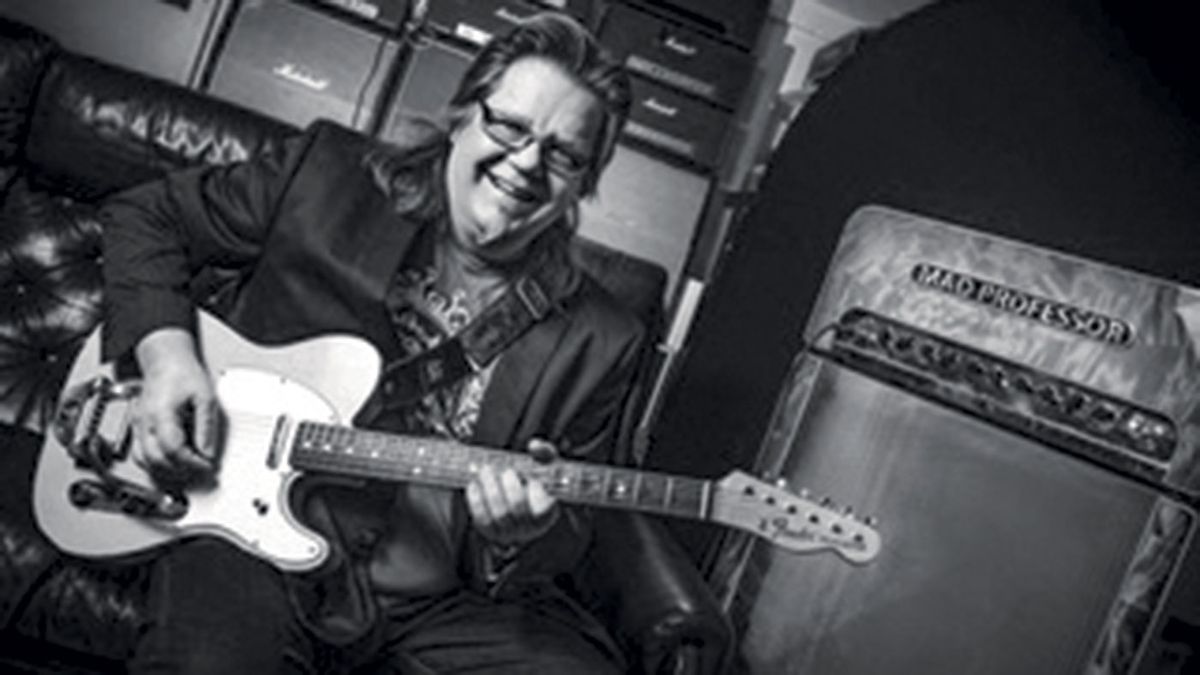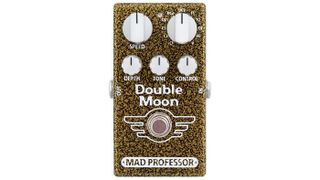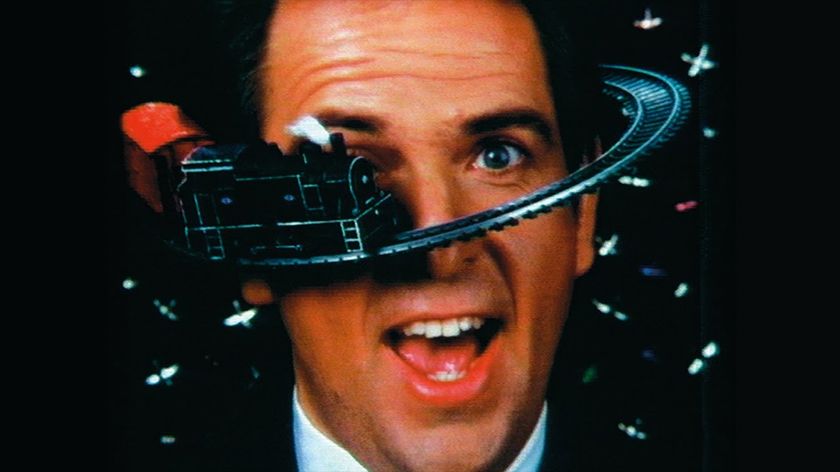
Mad Professor’s head specialist of tone Harri Koski explains why less is often more and why it’s best to hear the player, not the pedal...
1. What do you think makes Mad Professor unique?
“A lot of companies make clones of the old vintage pedals and/or pedals you can’t get any more, but all of our designs are original. It’s my job to recognise the good tones and leave the bad tones out. If there are too many options, the bad stuff sometimes stays in, so we make our pedals without too many knobs and switches. I like pedals that do certain things really well, rather than 100 things not so well. They’re also easier to use on stage.”
2. What’s your best-selling pedal and why do you think that is?
Too much distortion and compression can make guitar players all sound the same
“The Sweet Honey Overdrive. It’s a medium gain pedal and very touch-sensitive. When it first came out, it was quite different from anything else and there wasn’t much in the way of competition. While many companies went for lots of gain, compression and sustain, we went the other way by making a pedal that was very dynamic. We’ve been making them for almost 10 years now and they’re still selling well.”
3. Which notable players/bands have used Mad Professor pedals?
“My old heroes like Fast Eddie Clarke through to the younger guys like Devon Allman, the son of Gregg Allman. Matt Schofield has been playing our pedals for a long time and he’s famous for his good tone. Being touch-sensitive and organic-sounding, our pedals complement the guitar and the player; too much distortion and compression can make guitar players all sound the same.”
Get the MusicRadar Newsletter
Want all the hottest music and gear news, reviews, deals, features and more, direct to your inbox? Sign up here.
4. Is there anything new on the horizon at Mad Professor?
“The Double Moon is our newest pedal. It’s an analogue modulation pedal with 11 different chorus, flanger and vibrato tones. There are some classic modulation sounds in there as well as some new stuff, like the flanger-chorus mode. We used a really, really good-sounding 50s Magnatone amp as a benchmark for the vibrato.”
5. What’s your best tone tip?
“The best thing is to experiment and find your own tone. Try putting pedals in a different order, rotate the knobs fully and explore - you might find something really unique to make an impression with.”

6. Name some common mistakes guitarists make with effects…
“I think the most common mistake is using too much distortion. Usually, when you turn it down a bit, you get a lot more articulation and you can hear the nuances of your playing much more clearly.”
7. What new pedal triggers your GAS?
“I always loved Boss’s Dimension C pedal they made years ago - it’s always been on my ’board - and I just found out they’ve reissued it [Boss DC-2W Dimension C Waza Craft]. Also, I really love the Meris Enzo [MultiVoice Instrument Synthesizer]. It’s very different from anything else out there. It automatically makes you play something you’ve never played before.”
8. What’s your favourite vintage pedal and why?
It’s incredible how Jimi Hendrix used those few effects to make so many amazing tones
“I like vintage germanium Fuzz Faces; I have a couple from ’67 and ’68. They’re always very inspiring to play. They can get really wild and if you turn down your volume on the guitar you can also get them to sound totally clean - but it’s a different kind of clean than without the pedal. The [Sun Face] clones that Analog Man make are really good, too.”
9. What pedals are on your ’board?
“I use Mad Professor pedals, but I have different ’boards for different things. When I’m playing a lot of Hendrix and Robin Trower, I use a [Foxrox Electronics] Captain Coconut 2. It has the Octavia, the UniVibe and the Fuzz Face sounds, and they all sound really good! I have a UniVibe from ’69 and it’s great, but it’s big and bulky, so I always gig with the Captain Coconut [2].
“It’s incredible how Jimi Hendrix used those few effects to make so many amazing tones. You can hear it on the Band Of Gypsys live album. For me, that’s the ultimate question: how are you going to use these effects?”
10. If you had a three-pedal desert island pedalboard, what would be on it and why?
“Maybe the Enzo. I’d have a lot of time on my hands, so I would need something different I could explore with. If you’re alone on a desert island, you’d need ambience, and we have an ambient pedal called the Kosmos. Then, of course, I would need my old ’67 Fuzz Face. You could make a lot of different kinds of noise with these pedals and entertain yourself!”
Guitarist is the longest established UK guitar magazine, offering gear reviews, artist interviews, techniques lessons and loads more, in print, on tablet and on smartphones Digital: http://bit.ly/GuitaristiOS If you love guitars, you'll love Guitarist. Find us in print, on Newsstand for iPad, iPhone and other digital readers

“If you want a good vocal, you gotta drink snake sperm”: Singer Jessica Simpson reveals the unusual drink that keeps her vocal cords in tip-top condition

“I was thinking at the time, if anyone wants to try and copy this video, good luck to them!”: How ’60s soul music, African rhythms and a groundbreaking video fuelled Peter Gabriel’s biggest hit











